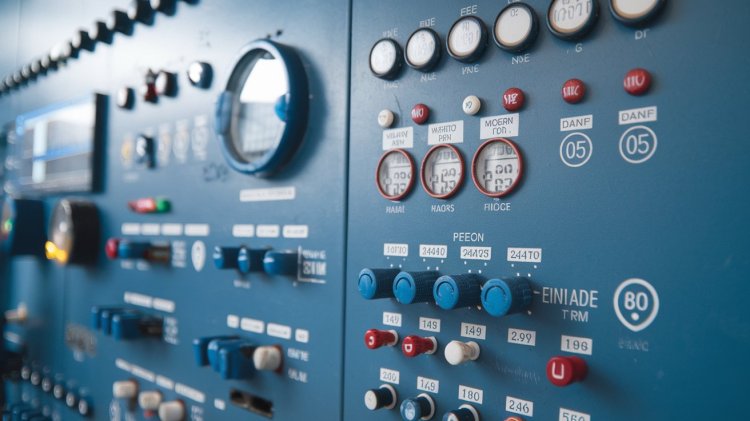Top Reasons to Upgrade Your Monitoring System
Upgrade your monitoring system today for real-time insights, better safety, and cost savings. Discover why smart tools are the future of efficiency.

In today’s fast-moving world, accurate and timely data is essential to the success of any operation—whether it’s water management, industrial processes, or agriculture. If your monitoring system is outdated or limited, it could be costing you in efficiency, safety, and overall performance.
That’s why many organizations are turning to smarter technologies like Remote Water Level Monitoring to enhance how they track and respond to system changes. These modern solutions offer more control, better accuracy, and round-the-clock visibility.
1. Real-Time Data for Faster Decision-Making
One of the biggest advantages of modern monitoring systems is access to real-time data. Instead of relying on periodic checks or manual readings, real-time systems provide continuous updates. This helps teams:
-
Identify problems early
-
Respond quickly to critical changes
-
Make smarter, data-driven decisions
With tools like Remote Water Level Monitoring, you no longer need to wait for on-site inspections to know what’s happening.
2. Improved Accuracy and Reliability
Older systems are often prone to inaccuracies due to manual input, outdated sensors, or environmental interference. Modern monitoring tools use advanced sensors and cloud-based platforms that reduce human error and provide reliable, consistent readings.
This level of precision helps ensure your operation runs smoothly and helps avoid costly miscalculations or equipment damage.
3. Cost Savings Over Time
While upgrading your system might require some initial investment, the long-term savings are significant. You’ll benefit from:
-
Reduced labor costs
-
Less downtime
-
Lower maintenance expenses
-
Efficient use of resources like water and energy
By identifying issues early and optimizing performance, your system pays for itself over time.
4. Remote Access and Control
The ability to monitor systems from anywhere is no longer a luxury—it’s a necessity. Whether you're managing a water treatment facility, an agricultural operation, or a commercial building, being able to view and manage your system remotely improves productivity and peace of mind.
Remote Water Level Monitoring is a perfect example. It allows you to:
-
Check levels anytime, anywhere
-
Get alerts on your phone or computer
-
Make quick adjustments without being on-site
This level of control helps you respond quickly to avoid failures or disruptions.
5. Predictive Maintenance Capabilities
Upgraded monitoring systems don’t just tell you what’s happening now—they help predict what might happen next. With historical data and trend analysis, these systems can warn you about potential equipment issues before they lead to system failure.
This enables:
-
Scheduled maintenance instead of emergency repairs
-
Reduced equipment wear and tear
-
Extended asset life
It’s all about working smarter, not harder.
6. Enhanced Safety and Compliance
In many industries, safety and environmental compliance are top priorities. A modern monitoring system can help you meet regulations by:
-
Tracking critical thresholds (pressure, temperature, flow, etc.)
-
Providing automated alerts for hazardous conditions
-
Creating logs and reports for audits
This keeps your operation both compliant and protected from legal risks or environmental harm.
7. Scalability and Integration
Newer monitoring technologies are built to grow with your business. Whether you’re expanding operations or adding new systems, modern platforms are:
-
Easy to integrate with existing tools
-
Flexible for multi-site management
-
Scalable for future expansion
This adaptability ensures your investment remains valuable for years to come.
8. Better Data for Smarter Planning
Upgraded monitoring systems don’t just improve day-to-day operations—they also help with long-term planning. With better visibility and data collection, you can:
-
Optimize resource usage
-
Identify performance trends
-
Plan infrastructure upgrades effectively
Whether it's a small facility or a large-scale operation, having the right data at your fingertips empowers better planning and growth.
Conclusion: Why Now Is the Right Time to Upgrade
Delaying a system upgrade can cost you in ways you may not immediately see—lost efficiency, undetected issues, and missed opportunities for improvement.
By switching to modern solutions like Remote Water Level Monitoring, you gain instant access to real-time data, enhance operational control, and reduce both costs and risks. In a world where precision and speed matter more than ever, an upgraded monitoring system isn’t just a smart move—it’s essential.
What's Your Reaction?














.jpg)
.jpg)

